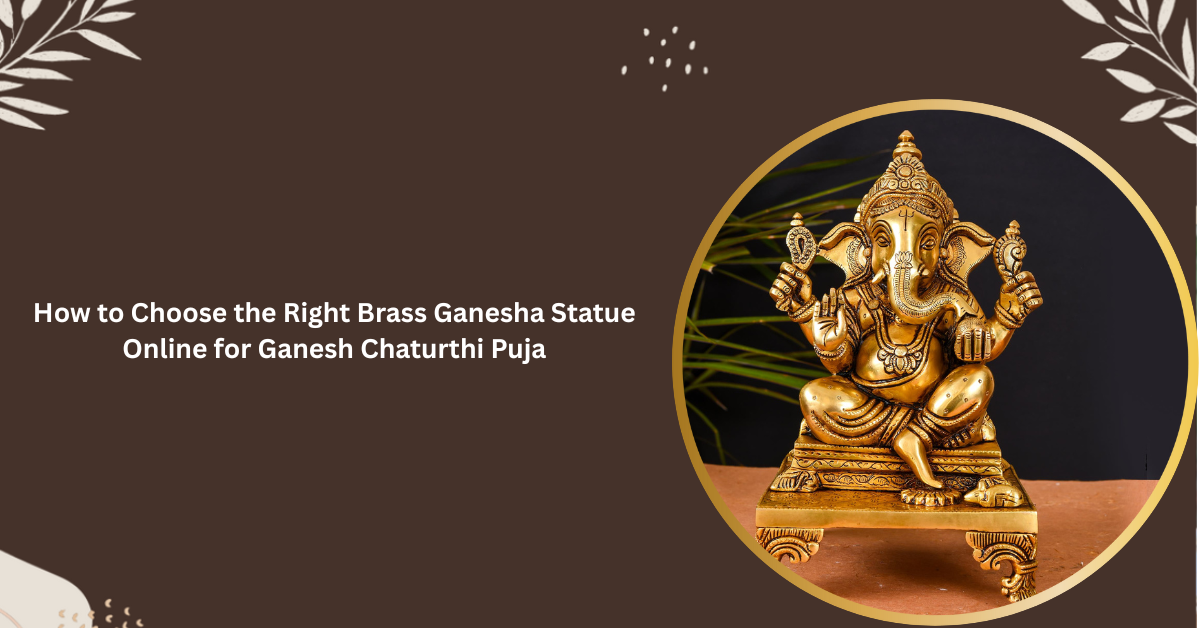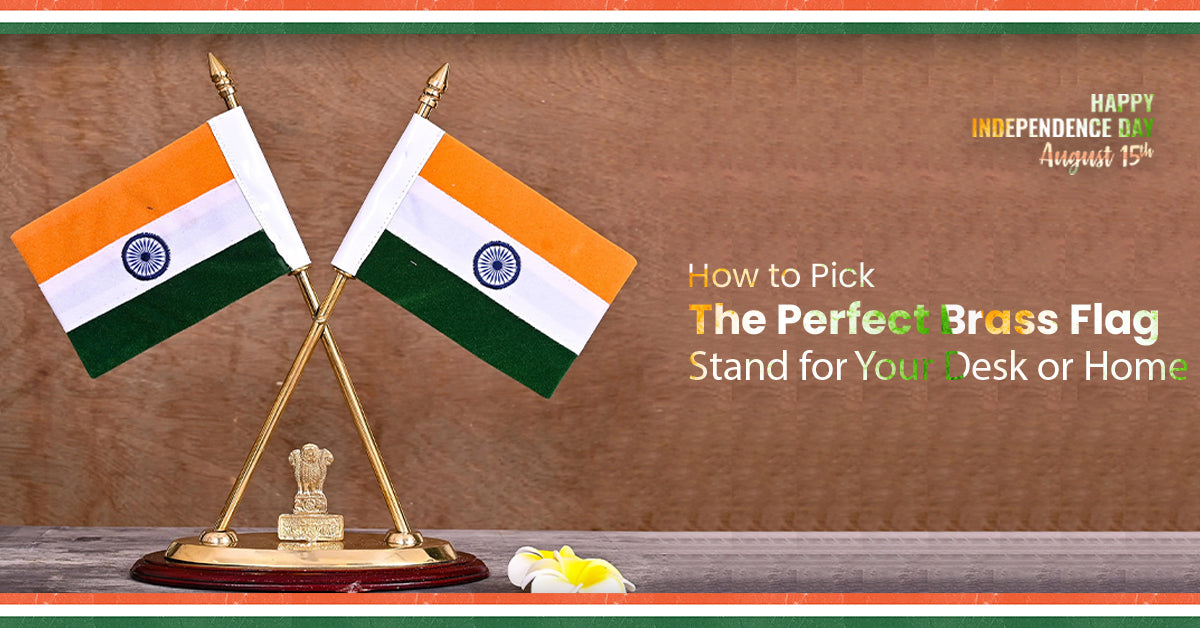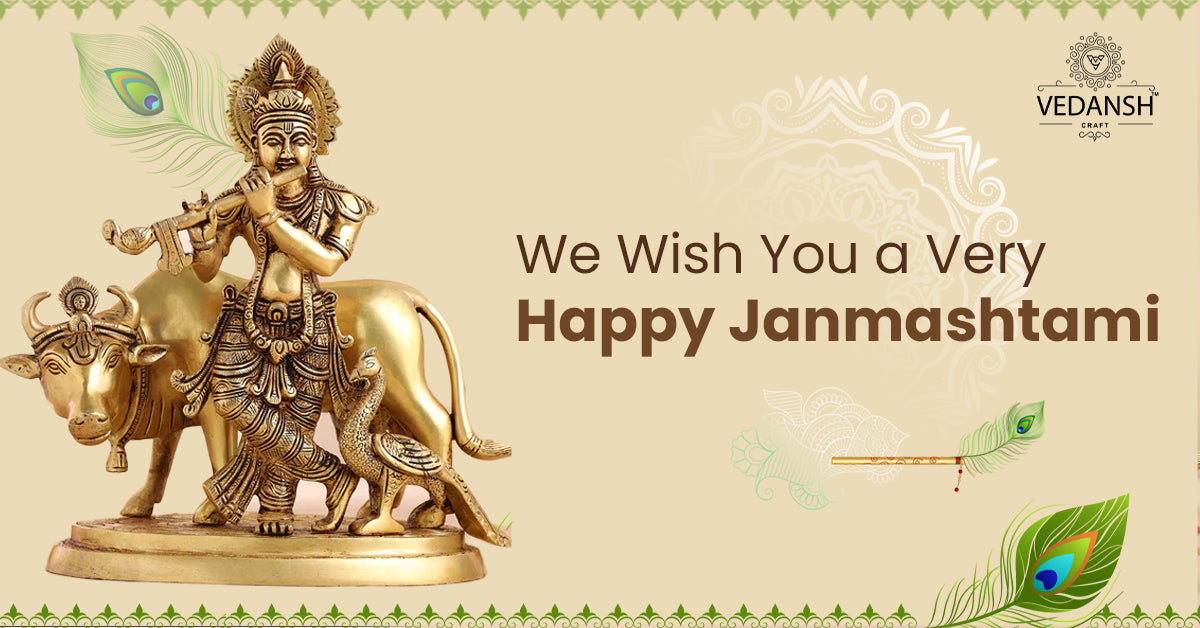

Sharadiya Navratri 2023: The 9 Avatars of Maa Durga
, by javed techqart, 12 min reading time
Sharadiya Navratri is one of the most celebrated Hindu festivals. It spans nine nights and ten days. It typically falls in the month of Ashwin, usually October. The word "Navratri" is derived from two Sanskrit words, "Nav'' meaning nine and "Ratri" meaning night. During this auspicious festival, Hindus across all parts of the world worship Goddess Durga and her nine divine manifestations.
The Divine Power of Maa Durga
Maa Durga holds immense significance in Hinduism, and her worship during Navratri is emblematic of the victory of good over evil. Here's why she is revered during this time:
- Defeat of Mahishasura
Navratri celebrates the triumph of Goddess Durga over the demon Mahishasura. This battle symbolizes the victory of righteousness (dharma) over evil (adharma), and Maa Durga's role as the divine protector of the universe.
- Divine Feminine Power
The festival highlights the divine feminine energy or Shakti, which is believed to be the universe's creative force. Goddess Durga represents the powerful and nurturing aspect of the goddess.
- Nine Forms of Devotion
Each of the nine nights of Navratri is dedicated to one of Maa Durga's nine forms, emphasizing different attributes and aspects of the goddess. Devotees worship her with fervent devotion and seek her blessings.
- Renewal and Regeneration
Navratri is a time of spiritual rejuvenation and introspection. It is an opportunity for devotees to cleanse their minds, bodies, and souls through fasting, prayers, and meditation.
Story of the Demon Mahishasura
The legend of Mahishasura tells of a formidable demon who performed intense penance and received a boon from Lord Brahma, which made him nearly invincible. Armed with his newfound powers, Mahishasura unleashed a reign of terror upon the world. His arrogance grew, and he waged war against the gods.
Unable to defeat Mahishasura, the gods combined their powers to create Goddess Durga, a manifestation of divine energy. She was endowed with celestial weapons and rode a lion. After a fierce battle lasting nine days and nights, Maa Durga vanquished Mahishasura, restoring peace and righteousness to the universe.
The emergence of Maa Durga is a pivotal moment in Hindu mythology. She is said to have appeared when all gods, including Brahma, Vishnu, Shiva, and others, contributed their divine energies and weapons to create her. This collective effort to combat evil showcases the unity and strength of the divine forces.
Celebration and Rituals During Navratri
Navratri spans nine nights and ten days, each dedicated to worshiping a different form of Maa Durga. These nine nights represent the divine feminine energy's descent onto Earth. It is a period of intense spiritual significance when devotees seek blessings, engage in fasting, and participate in various religious rituals to purify their minds and bodies.
- Dandiya and Garba
In Gujarat and other parts of India, people celebrate Navratri with energetic folk dances called Garba and Dandiya. These dances symbolize the worship of Goddess Durga and the circle of life.
- Fasting and Prayers
Devotees observe fasts during Navratri, abstaining from certain foods, and offer prayers and bhajans (devotional songs) in temples or at home.
- Ghatasthapana
The festival begins with the ritual of Ghatasthapana, where a sacred pot (ghata) symbolizing the goddess is filled with water and seeds, signifying the commencement of the festival.
- Kanya Pujan
On the eighth day, young girls symbolizing the nine forms of Maa Durga are worshipped and offered gifts in a ritual called Kanya Pujan.
Sharadiya Navratri is a spiritually significant Hindu festival celebrating the victory of good over evil, the divine feminine energy, and the nine forms of Maa Durga. It is a time of worship, devotion, and cultural celebration that unites communities across India and beyond.
The Nine Avatars of Maa Durga
The nine avatars of Maa Durga each represent unique qualities and powers, and their worship during Navratri is a profound spiritual practice aimed at invoking these divine energies for various blessings and protections.
- Shailaputri - The Daughter of the Mountains
Shailaputri is the first form of Maa Durga and is depicted riding a bull while holding a trident and a lotus in her hands. She is known for her serene and divine beauty.
Shailaputri symbolizes the power of the mountains and nature. Her worship is believed to bring stability, strength, and prosperity to devotees' lives. She is also associated with the Muladhara Chakra, representing the root and foundation of existence.

- Brahmacharini - The Ascetic Goddess
Brahmacharini is the embodiment of penance and devotion. She is portrayed as a divine goddess with two hands, holding a rosary and a water pot (kamandalu), dressed in white.
Her name, "Brahmacharini," means one who follows the path of austerity and celibacy. Devotees seek her blessings for increased spiritual knowledge, self-discipline, and perseverance.

- Chandraghanta - The Warrior Goddess
Chandraghanta derives her name from the crescent moon-shaped ornament on her forehead. She has ten hands, carries various weapons, and rides a tiger.
She symbolizes bravery and courage. Devotees worship her for protection from enemies and the elimination of obstacles. Her energy is associated with the Manipura Chakra, representing the solar plexus and willpower.

- Kushmanda - The Creator of the Universe
Kushmanda is depicted with eight or ten hands, holding various weapons and a rosary. She rides a lioness.
As the creator of the universe, her name means "the cosmic egg." Worshipping Kushmanda is believed to bestow creativity, energy, and well-being. She governs the Anahata Chakra, linked to love and compassion.

- Skandamata - The Mother of Skanda (Lord Kartikeya)
Skandamata holds her son, Lord Kartikeya (Skanda), in her lap and has four hands, two of which hold lotus flowers. She is seated on a lion.
Devotees pray to Skandamata for the welfare and protection of their children. She represents motherly love and protection. Her energy is associated with the Vishuddha Chakra, governing communication and expression.

- Katyayani - The Warrior Goddess Born of Sage Katyayan
Katyayani is depicted as a fierce goddess holding a sword and mounted on a lion. She is known for her radiant beauty.
Katyayani is revered for her warrior-like qualities and the ability to destroy evil forces. Worshippers seek her blessings for courage and victory over adversaries. She governs the Ajna Chakra, related to intuition and inner wisdom.

- Kaalratri - The Fierce and Dark Goddess
Kaalratri is a fearsome avatar with a dark complexion, messy hair, and a terrifying appearance. She wields a sword and a noose.
Kaalratri is the destroyer of ignorance and darkness, symbolizing the triumph of light over darkness. Devotees seek her protection from fear and negativity. She is associated with the Sahasrara Chakra, representing enlightenment and spiritual awakening.

- Mahagauri - The Pure and Serene Goddess
Mahagauri is depicted as a radiant and pure goddess, often dressed in white. She has four arms and holds a trident and a damaru (drum).
Worshipping Mahagauri is believed to purify the soul and bring peace and serenity. She represents purity and spiritual growth. Her energy corresponds to the Anahata Chakra, related to love and compassion.

- Siddhidatri - The Granter of Boons and Supernatural Powers
Siddhidatri has four hands and is often shown riding a lion. She holds a discus, mace, lotus, and a conch shell.
Devotees seek the blessings of Siddhidatri for spiritual knowledge, wisdom, and the attainment of supernatural powers (siddhis). She is associated with the Muladhara Chakra, the root of all chakras.

How Each Avatar is Worshipped During Navratri?
During Navratri, devotees worship each of the nine avatars of Maa Durga with great devotion and specific rituals:
- Shailaputri: On the first day, Shailaputri is worshipped with offerings of flowers, milk, and sweets. Devotees also recite the "Shailaputri Stuti" and perform aarti.
- Brahmacharini: On the second day, devotees offer water, fruits, and the "Brahmacharini Stuti" while meditating on the goddess's form. Aarti and bhajans are also part of the worship.
- Chandraghanta: The third day sees offerings of milk, kheer (rice pudding), and jasmine flowers. Devotees recite the "Chandraghanta Stuti" and light incense and lamps during aarti.
- Kushmanda: On the fourth day, devotees offer malpua (sweet pancakes) and sindoor (vermillion). The "Kushmanda Stuti" is chanted, and aarti is performed.
- Skandamata: The fifth day witnesses offerings of bananas, milk, and honey. Devotees chant the "Skandamata Stuti" and light incense during aarti.
- Katyayani: On the sixth day, devotees offer honey and other sweets. The "Katyayani Stuti" is recited, and aarti is conducted.
- Kaalratri: The seventh day involves offerings of jaggery and sesame seeds. Devotees chant the "Kaalratri Stuti" and offer aarti.
- Mahagauri: On the eighth day, offerings include coconut and sugar. The "Mahagauri Stuti" is recited, and aarti is performed.
- Siddhidatri: The ninth day sees offerings of sesame seeds and ghee. Devotees chant the "Siddhidatri Stuti" and perform aarti.
Understanding the significance of each avatar of Maa Durga during Sharadiya Navratri enhances the depth of devotion and spiritual connection for devotees. It allows them to invoke specific qualities and blessings associated with each form, fostering a more profound sense of faith and reverence.
Navratri is not merely a religious event but a celebration of culture, art, and community. Its enduring significance lies in its ability to unite people in devotion, promote spiritual growth, and preserve diverse cultural traditions across India. It serves as a reminder of the eternal battle between good and evil, emphasizing the triumph of righteousness and the power of faith.




